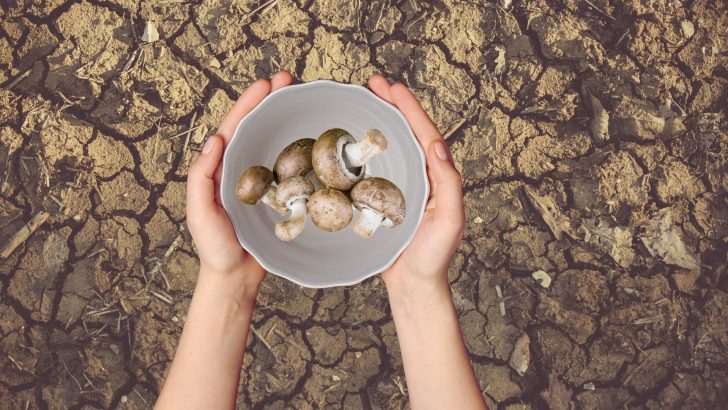Let me take you on a spore-tacular journey through the mushroom world! Like a chef crafting the perfect dish, mushrooms offer a fungi range of flavors, textures, and stories.
Picture me as your guide, serving up each fact like a gourmet course with a side of puns. These little fungi don’t just mush together—they spore your imagination!
From quirky qualities to wild facts, every tidbit will leave you spore-struck and craving more. Ready to cap off your day with some shroom-tastic knowledge?
Let’s fungi your mind and have a mush fun along the way!
1. Edible Mushrooms
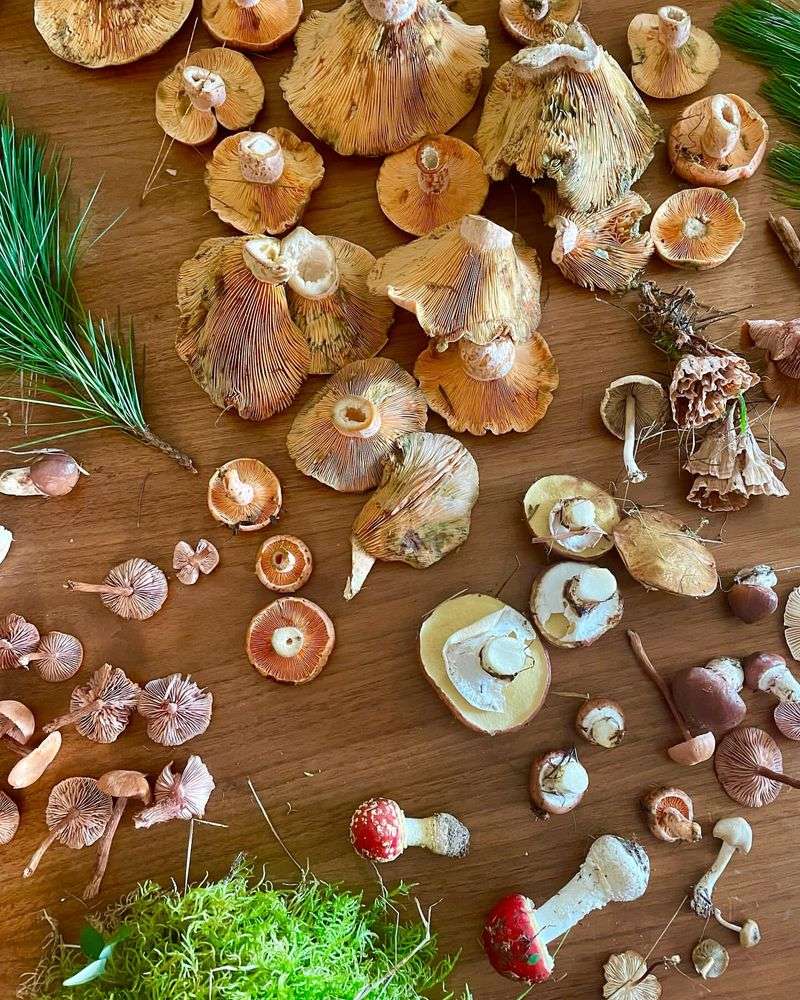
In the world of foraging, edible mushrooms provide a treasure trove of flavors and textures. Varieties like porcini and chanterelles are highly sought after for their culinary appeal. These fungi not only delight the palate but also offer nutritional benefits.
When foraging for mushrooms, careful identification is crucial, as some can be toxic. Imagine a basket brimming with freshly picked mushrooms, each one a testament to nature’s bounty.
Their presence in the kitchen transforms ordinary meals into gourmet experiences. Embracing edible mushrooms connects us to the land, celebrating the art of foraging and culinary exploration.
2. Mushrooms And Cuisine

In the culinary world, mushrooms hold a place of honor for their depth of flavor and versatility. From chanterelles to morels, these fungi elevate dishes with their earthy richness.
They serve as the centerpiece of gourmet creations, transforming simple ingredients into culinary masterpieces. Chefs worldwide revel in their ability to impart umami, crafting dishes that surprise and delight.
When mushrooms grace the table, they promise unforgettable dining experiences. Picture a plate adorned with wild mushrooms, each bite a testament to culinary artistry. Their presence in cuisine continues to captivate palates, making them a cherished ingredient.
3. Mycelium Networks

Beneath the forest floor lies a hidden marvel: mycelium networks. These astonishing structures form a vast web of fungal threads, connecting plants in a symbiotic dance.
This underground network enables trees and plants to communicate, sharing nutrients and messages. If you uncover the forest’s secret, you’ll find that mycelium networks act like the internet of the natural world.
In addition, these networks can stretch for miles, making them one of the largest living organisms on Earth. As you walk through the woods, remember that an entire world hums with life beneath your feet.
4. Bioluminescent Mushrooms
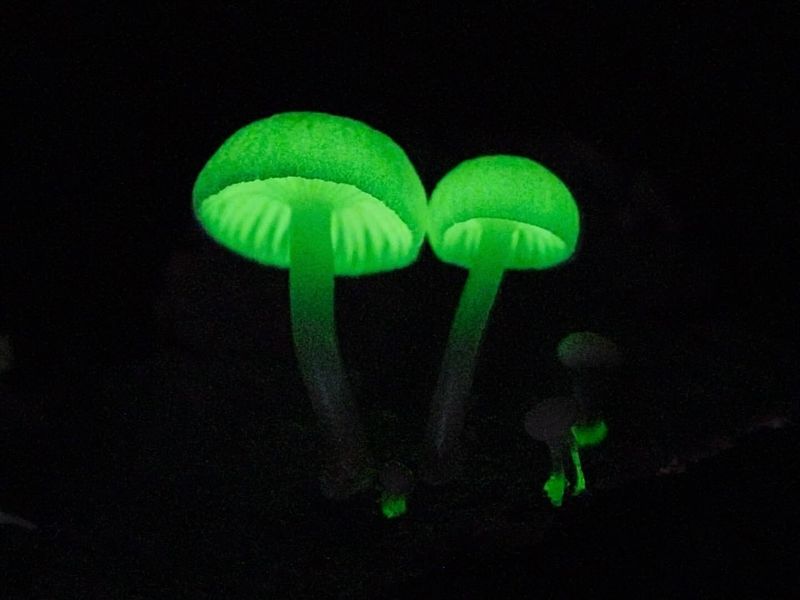
In the heart of certain forests, bioluminescent mushrooms light up the night with their ethereal glow. These magical fungi emit a soft, green luminescence, enchanting those who stumble upon them.
Bioluminescence in mushrooms is not merely a spectacle; it serves ecological purposes like attracting insects for spore dispersal. However, the exact mechanism behind their glow remains a mystery to scientists.
As you wander through these mystical woods, the luminous fungi offer a glimpse into nature’s marvels. Imagine the forest illuminated by these natural lamps, a beacon of wonder and curiosity.
5. Giant Puffballs
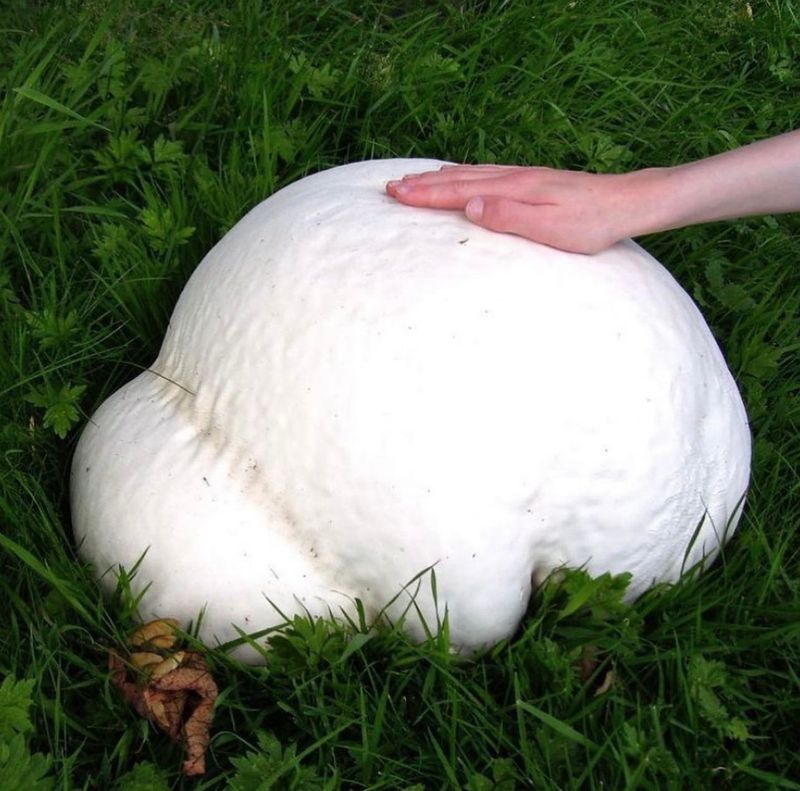
Among mushrooms, the giant puffball stands out with its impressive size. These colossal fungi, often mistaken for soccer balls, can grow to enormous proportions.
Despite their daunting appearance, puffballs are edible and offer a mild, nutty flavor. If you chance upon one in a meadow, you’ll marvel at its sheer magnitude.
The experience is akin to discovering a hidden treasure in the wilderness. However, proper identification is key, as not all puffballs are safe to consume. Their presence reminds us of nature’s capacity to astonish, transforming an ordinary landscape into something extraordinary.
6. Mushroom Medicinals
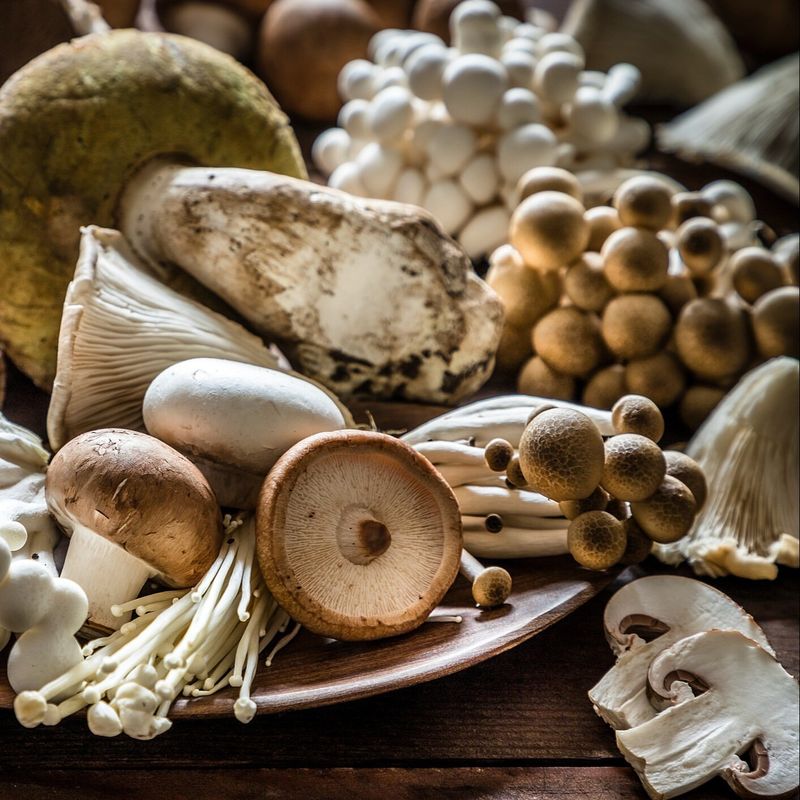
Ancient healing practices have long embraced the power of mushrooms. Varieties like Reishi, Shiitake, and Turkey Tail are renowned for their medicinal properties. These potent fungi support the immune system, reduce inflammation, and restore balance to the body.
Even today, many cultures rely on them when modern medicine falls short. A healer’s table often features these earthy treasures, each one a testament to nature’s pharmacy.
Their centuries-old legacy continues to inspire those seeking natural remedies, proving that the best medicine often grows right beneath our feet.
7. Mushrooms In Space
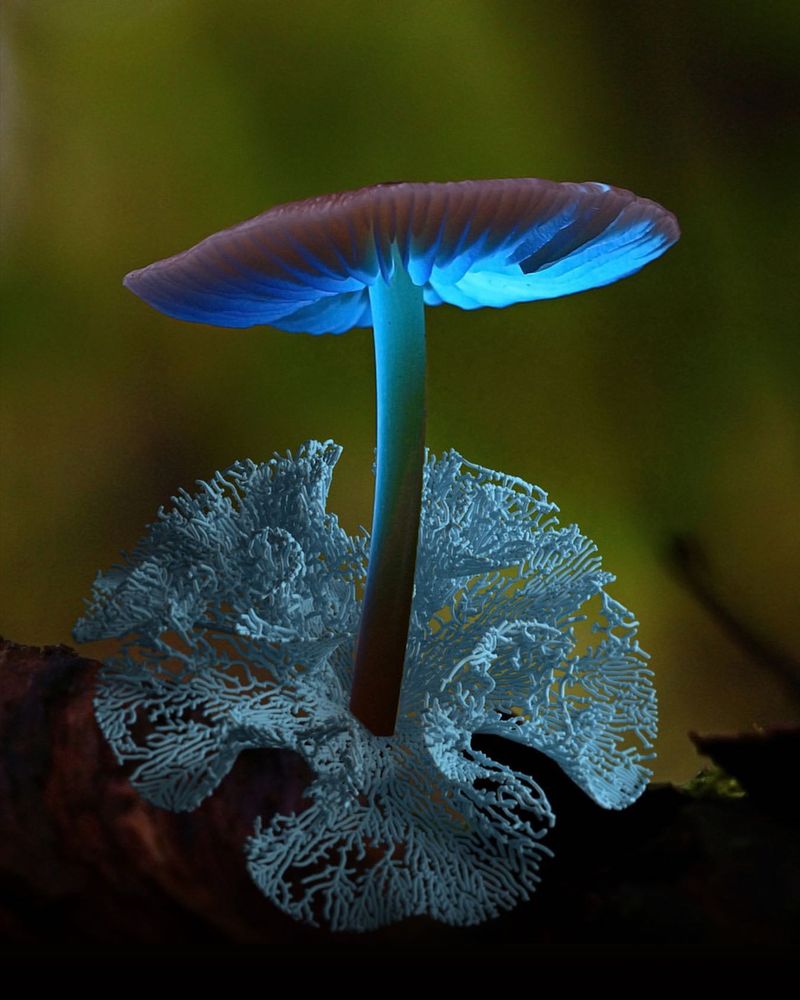
Beyond Earth’s atmosphere, mushrooms have embarked on a journey to the stars. In the realm of space exploration, these fungi present exciting possibilities. Scientists experiment with growing mushrooms in zero gravity, envisioning them as a sustainable food source for astronauts.
However, their potential extends beyond nourishment. Mushrooms could foster life-supporting ecosystems, recycling waste and purifying air in isolated environments. As humanity ventures further into space, mushrooms may become vital allies in long-term survival.
Envision a future where these humble fungi colonize new frontiers, accompanying us on cosmic journeys.
8. Psychedelic Potency
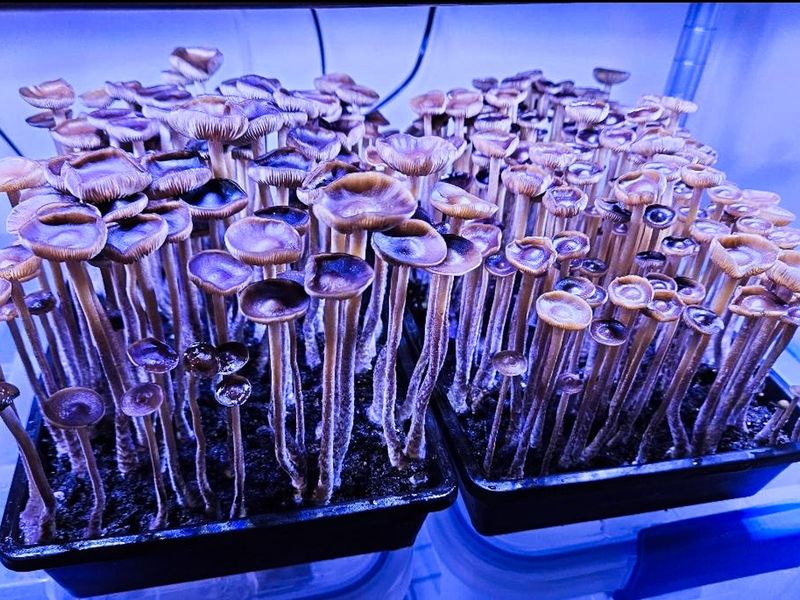
Psychedelic mushrooms, often called magic mushrooms, possess profound transformative powers. Containing compounds like psilocybin, they have been used for centuries in spiritual rituals.
In modern times, these mushrooms are being reconsidered for therapeutic purposes. Emerging research suggests potential benefits for mental health conditions like depression and PTSD. Although often controversial, their impact on consciousness remains undeniable.
Picture a kaleidoscope of colors and patterns, a visual metaphor for the altered states they induce. Psychedelic mushrooms invite us to explore the depths of the mind, offering new perspectives and insights.
9. Mushrooms And Art

Throughout history, mushrooms have inspired artists with their whimsical forms and vibrant colors. From surreal paintings to intricate sculptures, these fungi have left an indelible mark on the art world.
They evoke curiosity and wonder, challenging perceptions and inviting contemplation. In the realm of art, mushrooms become symbols of transformation and mystery.
As artists explore their unique shapes and textures, they capture the essence of the natural world. Picture a canvas filled with fantastical mushroom landscapes, each stroke reflecting the artist’s vision. Their portrayal in art underscores the magic they embody.
10. Mushrooms And Sustainability

Mushrooms are key players in the push for sustainability, transforming eco-friendly farming practices. Grown on recycled organic material, they embody the principles of a circular economy. These fungi break down waste while enriching the soil, helping to create healthier ecosystems.
As a protein alternative, they reduce our dependence on traditional livestock farming. Imagine a farm where mushrooms flourish, turning waste into nourishment.
Their contribution to sustainability is more than just practical—it’s a hopeful step towards a greener future, offering a natural solution to global challenges. Embracing mushrooms means embracing a healthier planet.
11. Ancient Mushroom Lore
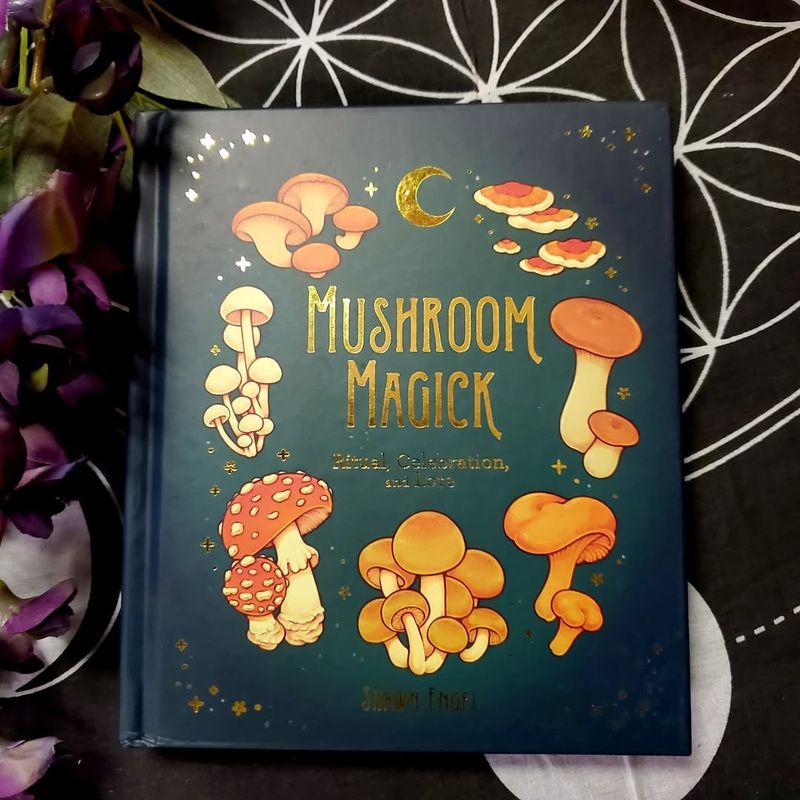
In ancient lore, mushrooms have been surrounded by mystique and fascination. Cultures across the globe have attributed magical properties to these fungi, weaving them into myths and legends. From tales of immortality to stories of transformation, mushrooms occupy a unique place in folklore.
They serve as bridges between worlds, connecting the mundane to the mystical. As you delve into these stories, you’ll uncover the rich tapestry of beliefs that have shaped human understanding. Imagine an ancient manuscript filled with mushroom illustrations, each one a symbol of the mysteries they hold.
Their legendary status endures, inspiring curiosity and wonder.
12. Fungi And Biodiversity
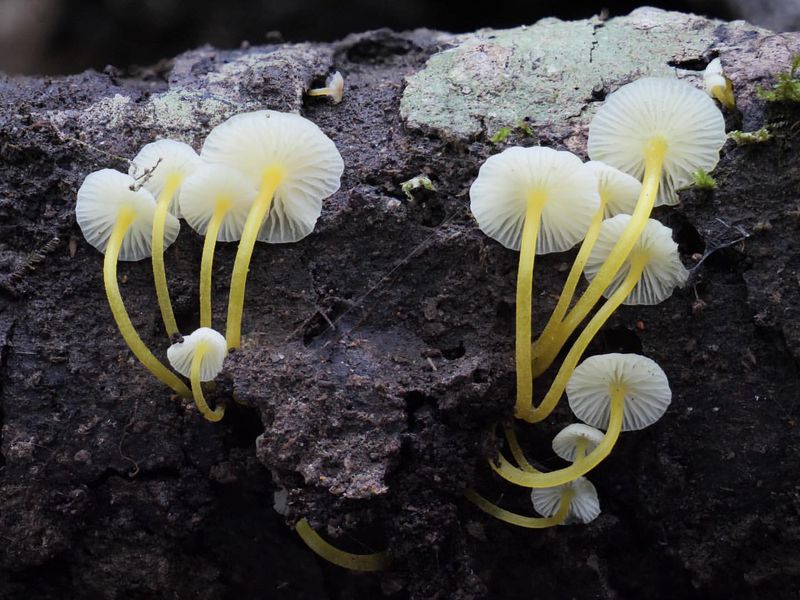
Mushrooms are fungi to be reckoned with when it comes to biodiversity, supporting ecosystems in ways that can’t be spored enough. By breaking down organic matter, they recycle nutrients and fungus life to thrive.
The diversity of mushroom species is truly un-‘shroom’-believable, with each playing a key role in its habitat. In forests, they root for plants, forming symbiotic relationships that boost growth and resilience. Their contribution to biodiversity shows just how mush they matter.
Take a stroll through a vibrant forest, and you’ll find mushrooms in every form, proving nature’s brilliance—talk about a fungal masterpiece!
13. Mushroom Dyes
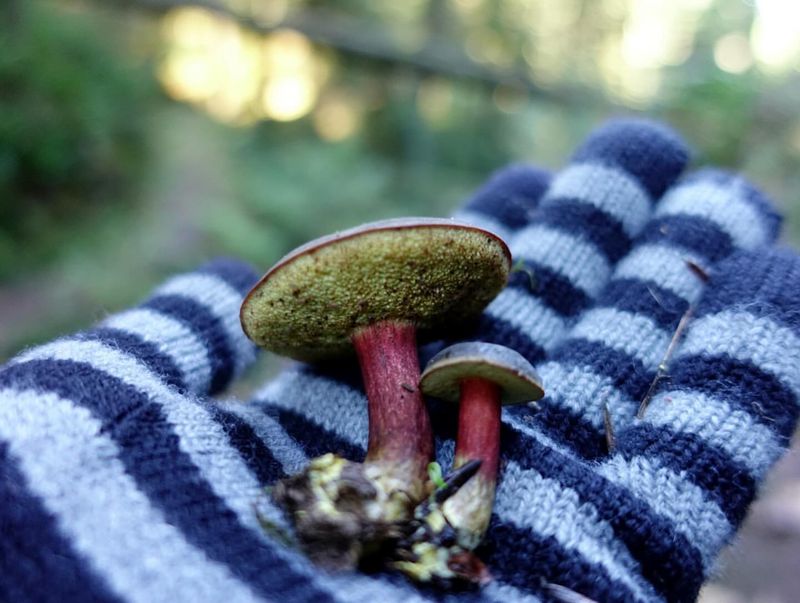
In the world of natural dyes, mushrooms offer a spore-tacular range of earthy hues. For centuries, these fungi have been used to color textiles, providing a mush-needed sustainable alternative to synthetic dyes.
Extracting dye from mushrooms is an art, requiring skill and knowledge, as each species yields its own fungal shade. Artisans craft vibrant textiles, their hands stained with mushroom-derived pigments. These dyes bring more than just beauty; they tie us to traditional practices and eco-conscious crafting.
Using mushrooms in textiles celebrates the fungal fusion of nature and creativity, one dye at a time!
14. Mushrooms And Religion
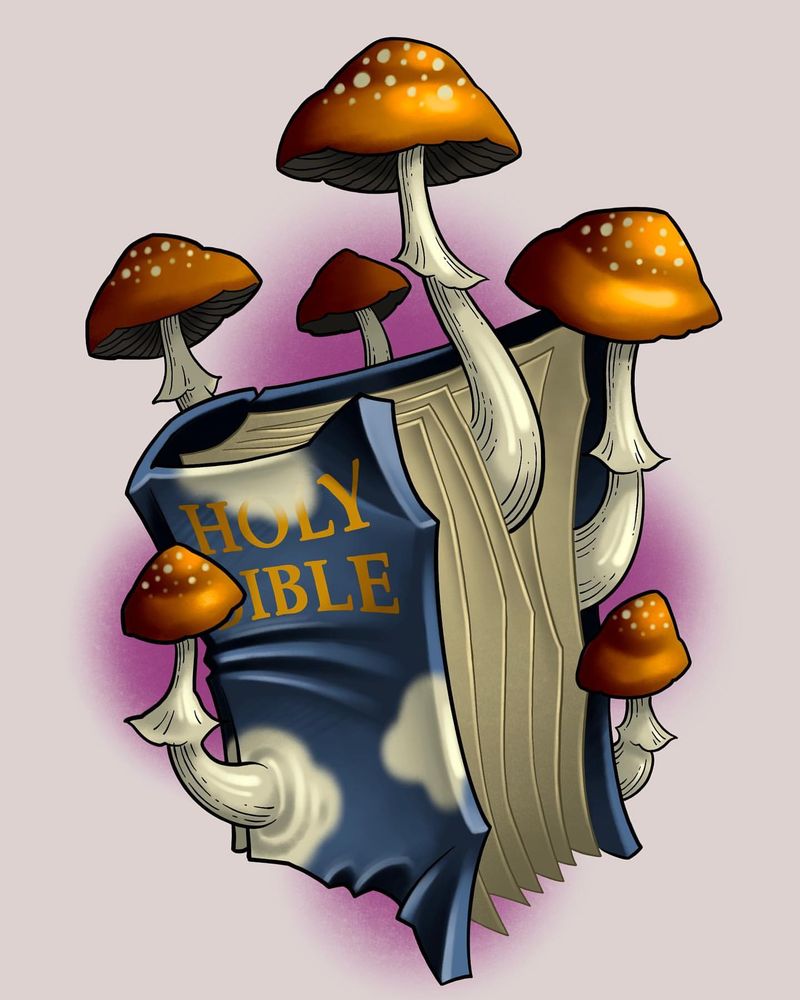
Mushrooms hold spiritual fungi significance in various religious traditions, symbolizing enlightenment and growth. Often linked to rituals and ceremonies, they’re revered as sacred entities. From ancient shamanic practices to modern spiritual journeys, mushrooms are believed to be conduits to the divine.
As symbols of rebirth and renewal, they connect practitioners to deeper realms of consciousness. A temple filled with symbols and artifacts celebrating their mystical power reflects their profound influence.
Their role in spiritual practices speaks to a universal quest for meaning and transcendence. Through mushrooms, seekers find pathways to understanding, sporing connections that reach beyond the physical.
15. Mushrooms And Technology
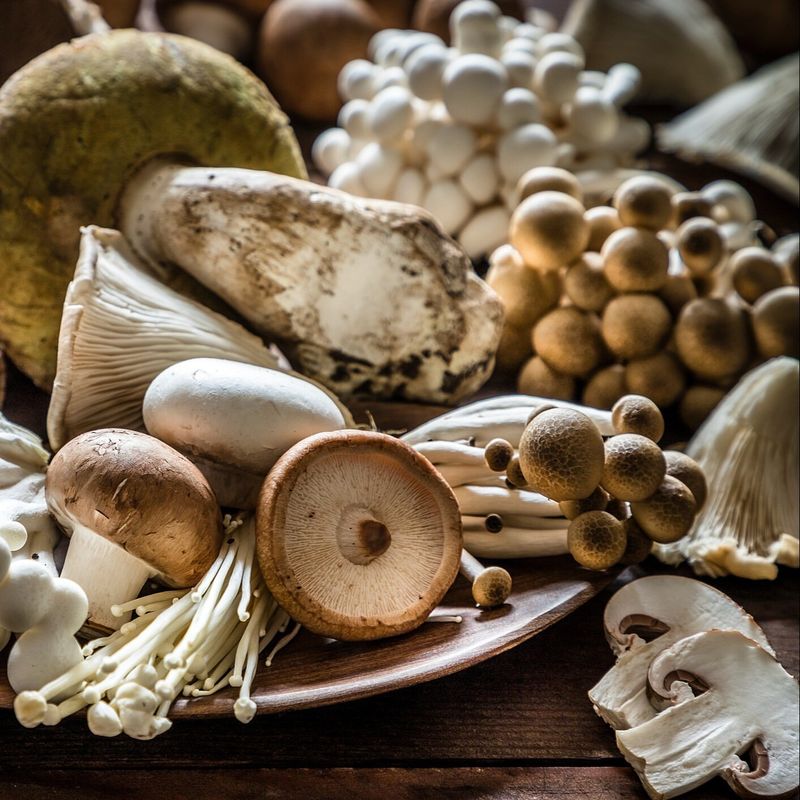
In the realm of technology, mushrooms are at the forefront of fungal innovation. Researchers explore their potential for creating sustainable materials like biodegradable packaging and insulation. The fibrous structure of mushrooms lends itself to various applications, blending nature with technology.
A lab where scientists harness fungi to develop novel solutions showcases the exciting possibilities of mushrooms. These advancements highlight mushrooms’ versatility in addressing modern challenges. As technology evolves, mushrooms offer fresh approaches, bridging sustainability and innovation.
Their contribution to progress underscores their importance in shaping the future—one spore-tacular breakthrough at a time.
16. Mushrooms And Climate Change

Mushrooms emerge as fungal heroes in the fight against climate change. Their ability to sequester carbon and improve soil health makes them key allies in building climate resilience. As decomposers, they break down organic matter, releasing nutrients and capturing carbon in the process. A thriving forest with mushrooms supporting a balanced ecosystem highlights their impact in mitigating climate change. Their role in carbon cycling emphasizes their importance in environmental stewardship. Recognizing their contribution, we embrace a holistic approach to sustainability. Mushrooms spore hope, offering natural solutions to global ecological challenges and proving that nature always finds a way.
17. Mushrooms And Decay
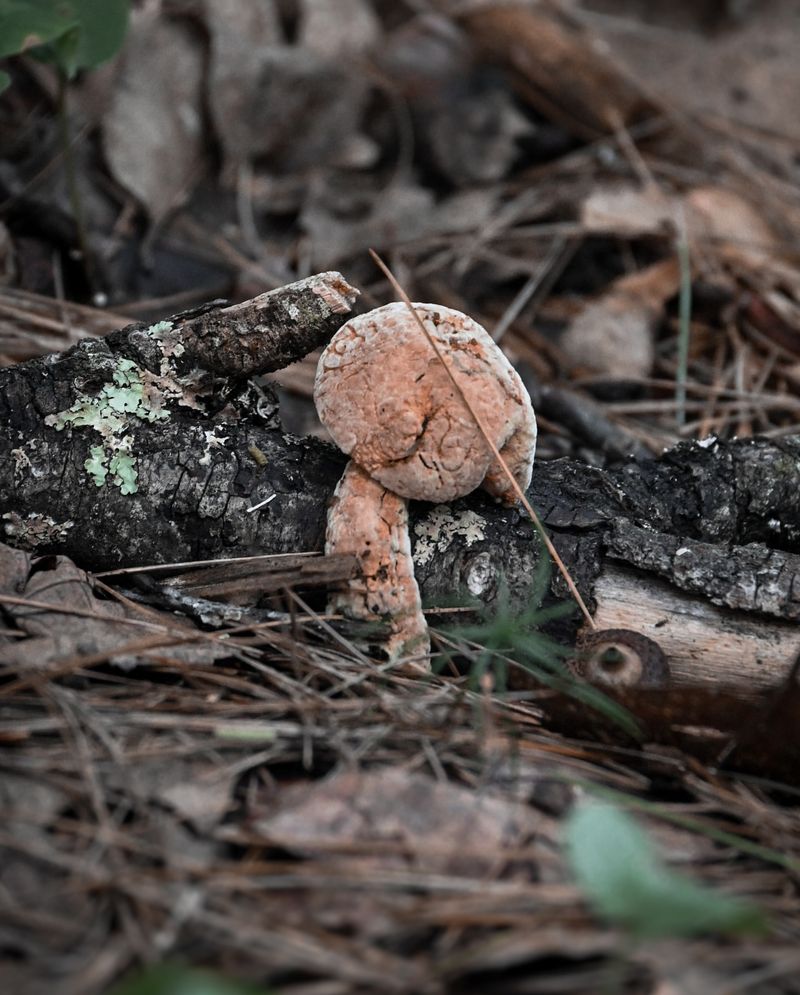
Mushrooms play a pivotal role in the cycle of life and death, acting as nature’s recyclers. They break down dead organic matter, returning nutrients to the ecosystem, essential for maintaining ecological balance and supporting new life.
A decaying log in the forest, adorned with mushroom growth, embodies the cycle of decay and renewal. Their presence emphasizes the interconnectedness of life, death, and rebirth. Through decomposition, mushrooms teach us about nature’s resilience and the continuity of life. Their role in this cycle reminds us of the beauty and inevitability of change, proving that transformation is always at hand.
18. Mushroom Festivals

Festivals celebrating mushrooms highlight the diversity and wonder of fungi, bringing together enthusiasts, researchers, and chefs to share their passion.
A bustling event showcases mushroom varieties and culinary creations, where attendees engage in workshops, tastings, and cultural performances—all centered around these remarkable fungi. Festivals foster community and appreciation for mushrooms, highlighting their culinary, ecological, and cultural importance.
These gatherings serve as platforms for knowledge exchange and celebration, uniting people in their love for mushrooms. Such events inspire a deeper connection to the natural world, proving that mushrooms bring us closer to both nature and each other.
19. Mushrooms And Photography
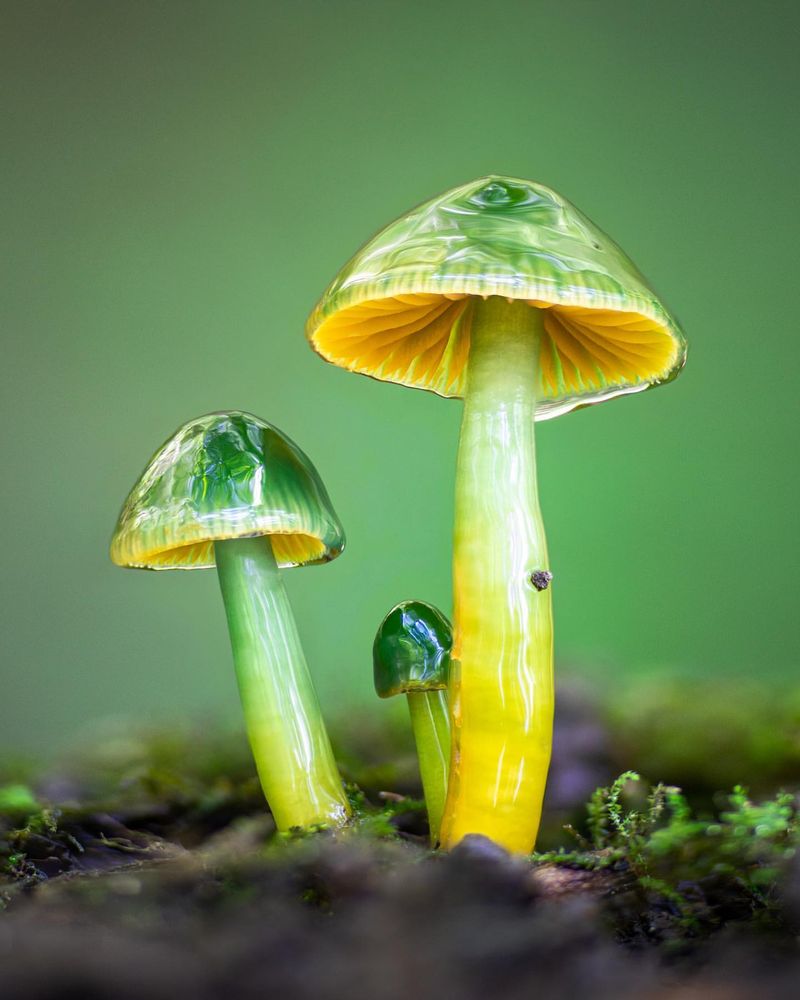
Vibrant colors and intricate details make mushrooms a source of endless inspiration for photographers. Capturing these fungi in their natural habitat requires patience and a keen eye.
A photographer crouched in the forest seeks the perfect angle to showcase a mushroom’s unique beauty. Each shot tells a story, revealing the subtle textures and patterns that make mushrooms so captivating.
Through photography, the hidden world of fungi comes to light, inviting viewers to appreciate their complexity. This art form celebrates the diversity and elegance of mushrooms, transforming them into subjects of wonder and admiration.
20. Mushroom Survivalists
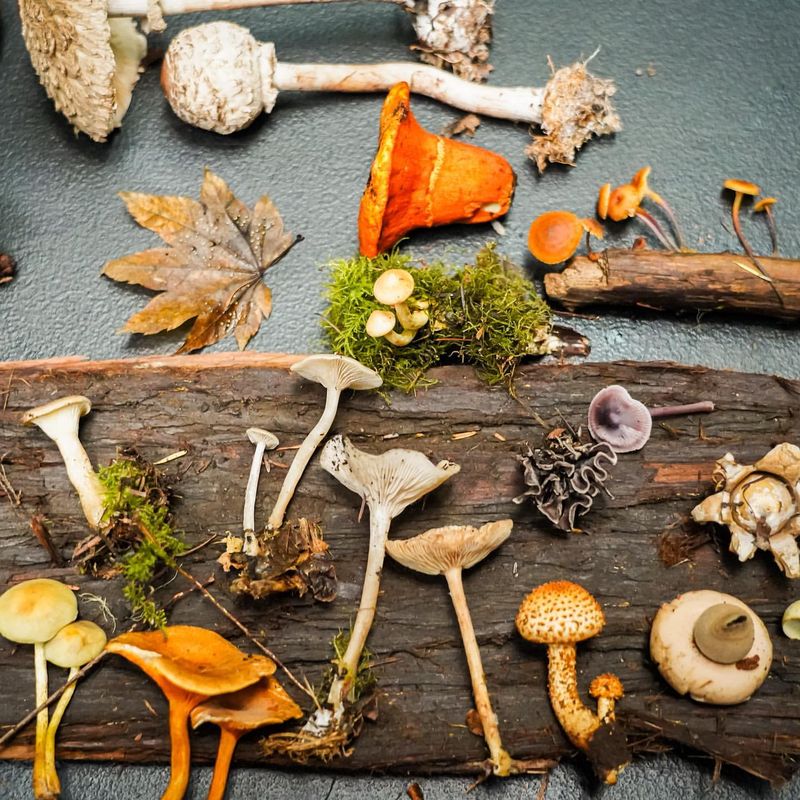
In survival scenarios, mushrooms can be fungi lifesavers, offering sustenance and nourishment. Survivalists, even the experts, learn to identify edible varieties, using them as a vital food source in the wild.
A seasoned survivalist, foraging in the forest, skillfully selects mushrooms for a campfire meal—proof that not all mush be left behind! This practice demands knowledge and caution, as misidentifying can be quite a spore-t.
Edible mushrooms are packed with essential nutrients, making them valuable allies in tough environments. In survival, understanding nature’s offerings becomes crucial, turning the land into a playground for resilience and adaptability.

